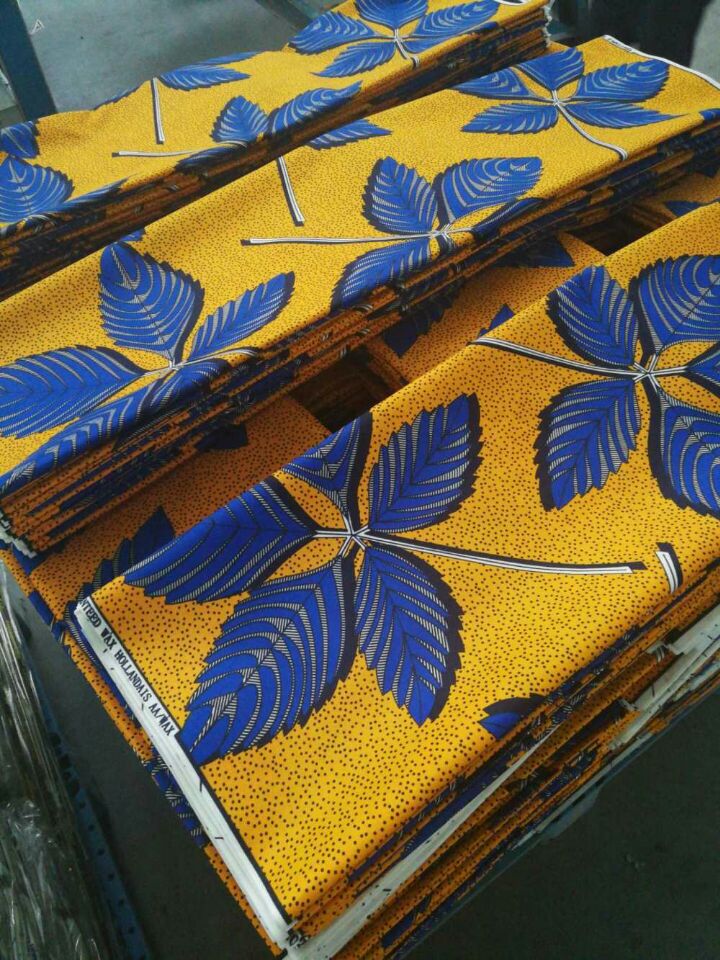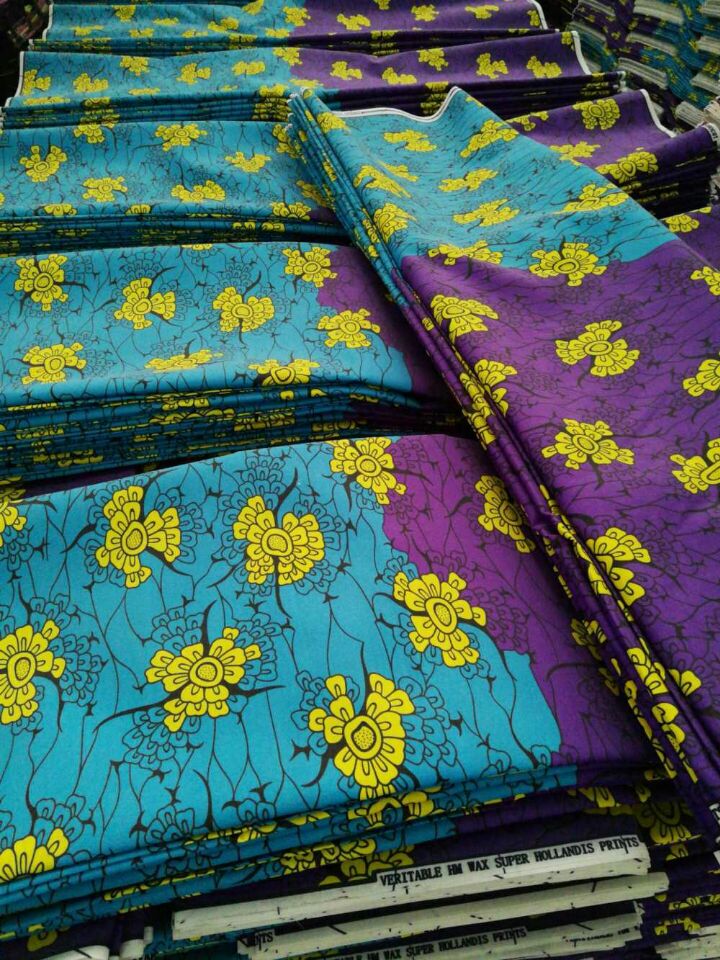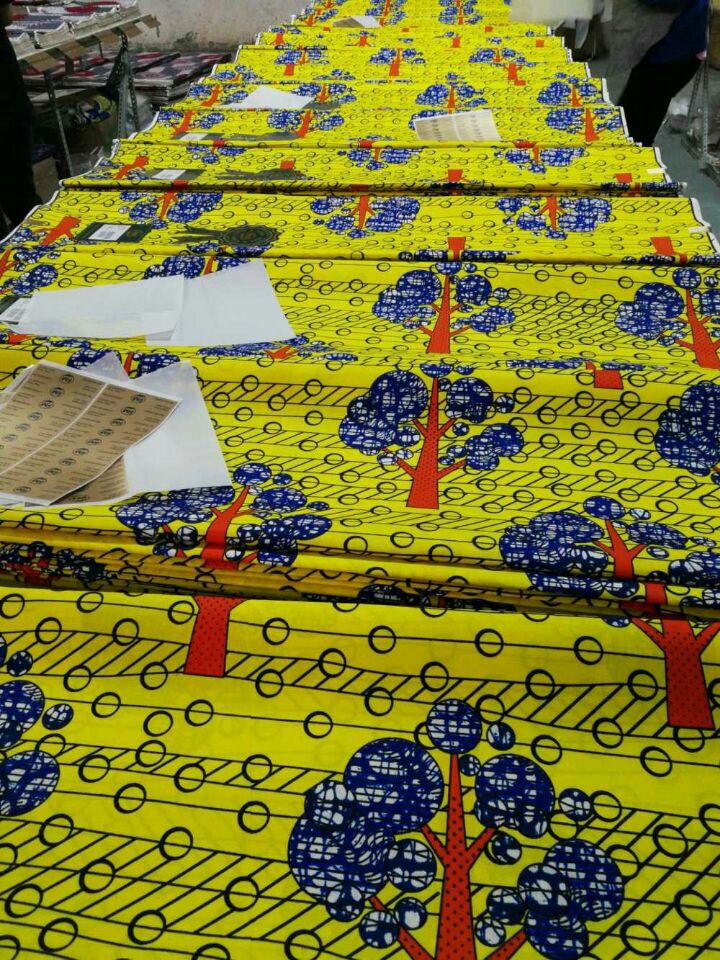Why Choose African Wax Material for Bold, Durable Style?
Inside the supply chain of modern wax prints: a practical look at African wax textiles
I’ve walked factory floors in Hebei and market aisles in Lagos, and one thing keeps coming up: when people say african wax material, they expect saturated color, a crisp hand, and patterns that hold up to real life. This particular line—“best price charming styles 100% cotton plain african wax fabric real strips”—comes out of Zhaoyuan Road, Zhao County, Shijiazhuang City, Hebei, and it’s been making the rounds in export circles for good reason.

What’s changing in the market
Trends have split into two streams: heritage “real wax” looks with subtle crackle, and fast-turn digital prints for fashion drops. Retail buyers—especially in Accra, Nairobi, and, surprisingly, Berlin—tell me durability still wins. They want african wax material that survives weekend weddings, quick washes, and sun.

Technical specifications (real-world use may vary)
| Product name | best price charming styles 100% cotton plain african wax fabric real strips |
| Base cloth | 100% cotton, ≈120–140 g/m², calendared finish |
| Usable width | ≈118 cm (46–47") |
| Printing | Wax/resin resist style with double-sided color impression |
| Shrinkage (ISO 5077) | ≤3% after 40°C wash |
| Colorfastness to washing (ISO 105-C06) | Grade 4–5 |
| Colorfastness to rubbing (AATCC 8) | Dry 4; Wet 3–4 |
| Tensile strength (ASTM D5034) | ≈400 N (warp) / 250 N (weft) |
| Packing | 6 yards per piece; 10 pieces/bale (common) |
How it’s made (abridged shop-floor flow)
Cotton selection → singeing/desizing → scouring/bleaching → mercerization → base dye → wax/resin application (engraved rollers) → secondary dyeing and controlled crackle → de-waxing and washing → stentering → calendaring/softening → 4-point inspection → bale/roll pack. Testing covers ISO 105-A02/B02 for light, C06 for wash, and random-batch crocking checks. Service life? For apparel used weekly at 40°C, I’d budget 3–5 years; intense sun exposure trims that.

Applications and advantages
- Apparel: Ankara dresses, shirts, kaba & slit, headwraps, agbada accents.
- Home: cushion covers, table runners, light curtains (I’d interline for drape).
- Accessories: tote bags, sneakers panels, hats.
What buyers like: body in the hand (not flimsy), low bleed on first wash, and that familiar, slightly glassy finish. Many customers say the patterns feel “alive” without looking plasticky—a balance that cheaper transfers miss.

Vendor snapshot: how this mill stacks up
| Vendor | MOQ | Lead time | Printing tech | Certs | Notes |
|---|---|---|---|---|---|
| Hebei mill (this product) | ≈300–600 yds/design | 15–25 days | Wax/resin + double-side color | ISO 9001, OEKO-TEX on request | Pantone matching; 6-yd packing |
| Mill A (digital) | ≈100 yds | 7–12 days | Digital reactive | OEKO-TEX | No crackle effect; softer hand |
| Mill B (premium wax) | ≈500 yds | 25–40 days | Traditional wax rollers | REACH, ISO 14001 | Higher price; intense colors |
Customization
Custom repeats, logo selvedge, Pantone targets (ΔE ≤ 2.0 aimed), GSM tuning (≈110–160), and width changes are doable. For african wax material used outdoors, ask for UV booster; for kidswear, request OEKO-TEX Standard 100 Class II confirmation.

Field notes and results
Case 1: Lagos boutique switched to this line; customer returns on fading dropped ≈30% over two seasons (simple 40°C wash care). Case 2: Berlin studio used it for cushions; after 20 household wash cycles, color delta measured under D65 held around Grade 4–5—better than their previous transfer prints.
Compliance and testing
Typical batch data shows ISO 105-C06 wash fastness 4–5; AATCC crocking dry 4, wet 3–4; light fastness (ISO 105-B02) Grade 4. REACH SVHC and OEKO-TEX 100 declarations can be provided on request, which is, to be honest, what most EU buyers want to see before PO.
Authoritative citations
- ISO 105 Textiles—Tests for colour fastness: B02 (light), C06 (domestic washing). https://www.iso.org
- OEKO-TEX Standard 100—Human-ecological safety of textiles. https://www.oeko-tex.com
- AATCC 8—Colorfastness to Crocking: Crockmeter Method. https://www.aatcc.org
- ECHA—REACH Candidate List of SVHC. https://echa.europa.eu/candidate-list-table
-
Hot Sale 180D CEY Crepe AirFlow Woven Fabric 100% PolyesterNewsNov.14,2025
-
Twill TR Fabric for Elastic Suits & Trousers, ShrinkproofNewsNov.14,2025
-
Grey Muslin Fabric — Soft, Durable, Bulk & Custom SizesNewsNov.14,2025
-
CEY Crepe Fabric, Plain Woven Airflow Polyester TextileNewsNov.14,2025
-
Wholesale Custom TR Fabric 80/20 Soft Arabic Thobe FabricNewsNov.14,2025
-
Polyester Cloth - Durable, Wrinkle-Resistant, Factory DirectNewsNov.05,2025
-
TR 80/20 Poly Viscose Twill Thobe & Suiting Fabric Easy-CareNewsNov.05,2025











